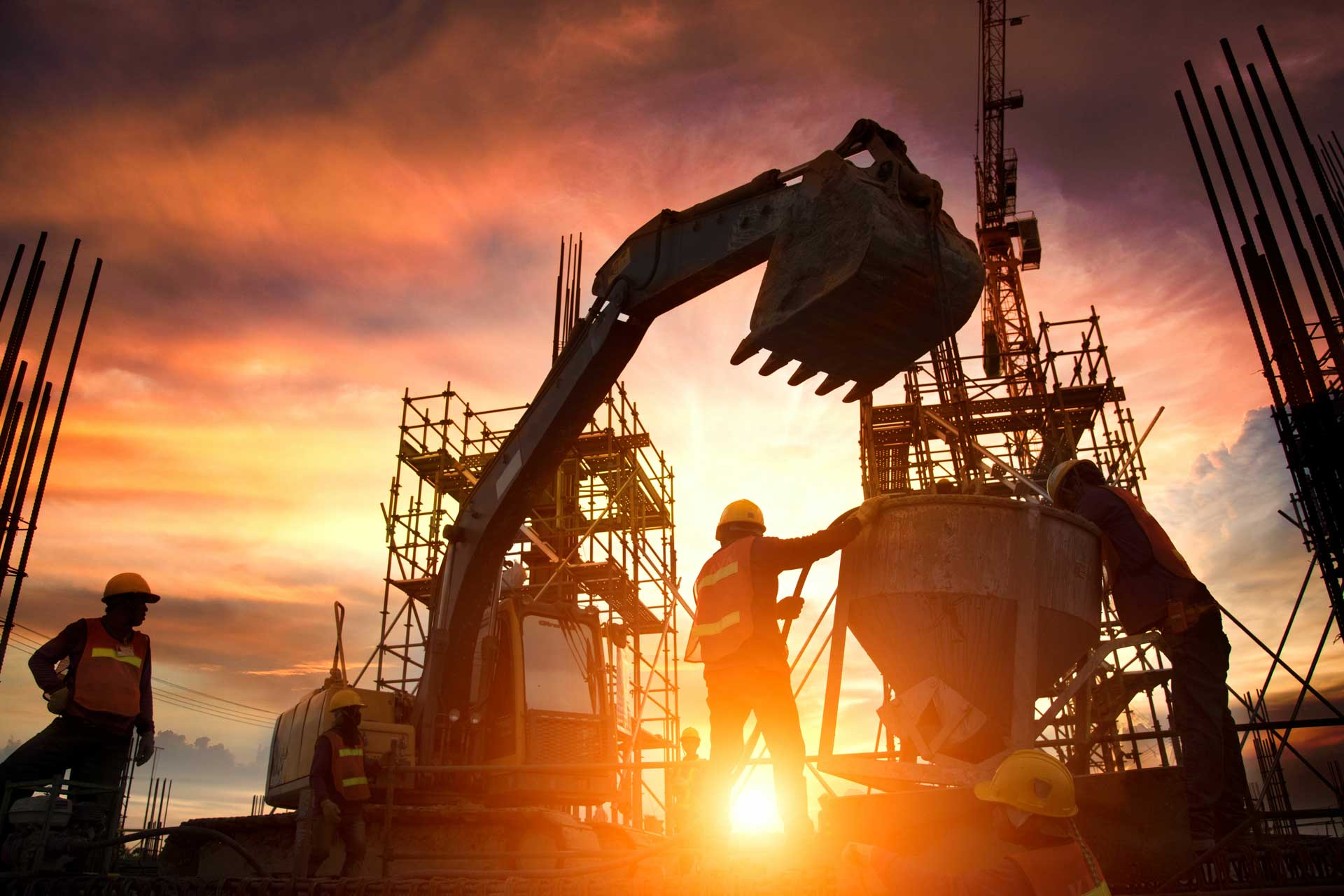
More opportunities to take enhanced deductions under 179D are here. Make sure you understand changes and what you need to do – in terms of prevailing wages, apprenticeships, and recordkeeping – to maximize deductions.
Key changes now in effect include:
- Minimum energy savings required has been reduced from 50% to 25%, based on the ASHRAE 90.1 standard in effect four years prior to the building’s placed-in-service date.
- When prevailing wage and apprenticeship requirements are met and a building reduces annual energy and power costs by at least 25%, the deduction is $2.50/square foot. For each additional percentage that annual energy and power costs are reduced, the deduction increases by $.10, up to $5.00/square foot. (That’s up from $1.88/square foot in 2022.)
- The maximum deduction is available every three years for a commercial building; four years for a government, instrumentality, not-for-profit or Tribal government building. (In the past, it could only be taken once.)
- In addition to federal, state, and local municipal building owners being able to allocate 179D deductions to a designer or multiple designers (a.k.a. the person who creates the installation of energy-efficient commercial building property technical specifications), the same now holds true for tribal governments and any tax-exempt organization investing in energy-efficient property, including museums, religious buildings, hospitals, non-profit schools, and university-owned buildings.
- The interim lighting rule and partial qualification rules no longer apply.
Prevailing wage and apprenticeship requirements established by the Inflation Reduction Act to qualify for green tax breaks took effect for construction or installation that began on or after January 29, 2023. On November 30, 2022, the IRS issued a notice with additional guidance clarifying requirements.
When it comes to prevailing wage, according to the DOL, laborers and mechanics must be paid the applicable prevailing wage for all hours performing construction, and in some cases alterations and repairs, on the site of a qualified facility. A prevailing wage includes the basic hourly wage rate and fringe benefit rate for each class of laborers and mechanics, for each type of construction, in a defined geographic area. Prevailing wages are determined by the Secretary of Labor and are posted on http://www.sam.gov.
As for apprenticeship requirements, as noted on Apprenticeship.gov, apprenticeship requirements are: “(1) a taxpayer must ensure that a certain number of labor hours of construction, alteration, or repair work, including work performed by any contractor or subcontractor, be performed by qualified apprentices (labor hour requirement), expressed as a percentage of total labor hours of construction, alteration, and repair work, subject to any applicable requirement for the ratio of apprentices to journeyworkers (ratio requirement); and (2) the taxpayer and any contractors and subcontractors who employ 4 or more individuals to perform construction, alteration, or repair work employ at least one qualified apprentice to perform such work (participation requirement).”
For both prevailing wage and apprenticeships, there are recordkeeping requirements. For complete details, including FAQs, see IRS Notice 2022-61, and watch for additional information in the months ahead, as the Treasury Department and IRS will likely issue additional guidance.
In the meantime, RBT CPA accounting, tax and advisory services professionals are available to help ensure you maximize this opportunity to create energy-friendly buildings and receive enhanced tax deductions. We’ve been supporting construction companies in and around the Hudson Valley for over 50 years and believe we succeed when we help you succeed. To learn more, contact one of our offices today.
